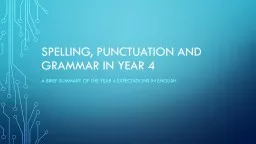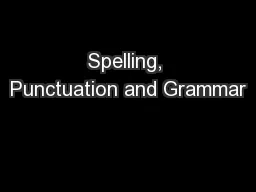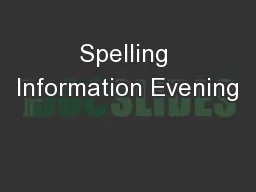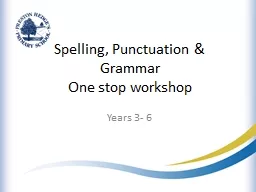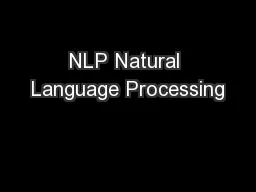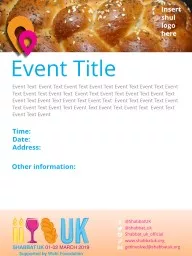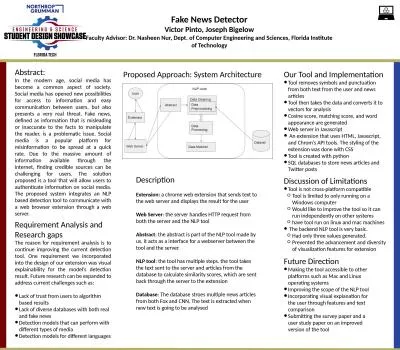PPT-NLP Text Similarity Spelling Similarity:
Author : trish-goza | Published Date : 2019-06-21
Edit Distance Spelling Similarity Typos Brittany Spears gt Britney Spears Catherine Hepburn gt Katharine Hepburn Reciept gt receipt Variants in spelling Theater
Presentation Embed Code
Download Presentation
Download Presentation The PPT/PDF document "NLP Text Similarity Spelling Similarity:" is the property of its rightful owner. Permission is granted to download and print the materials on this website for personal, non-commercial use only, and to display it on your personal computer provided you do not modify the materials and that you retain all copyright notices contained in the materials. By downloading content from our website, you accept the terms of this agreement.
NLP Text Similarity Spelling Similarity:: Transcript
Download Rules Of Document
"NLP Text Similarity Spelling Similarity:"The content belongs to its owner. You may download and print it for personal use, without modification, and keep all copyright notices. By downloading, you agree to these terms.
Related Documents


